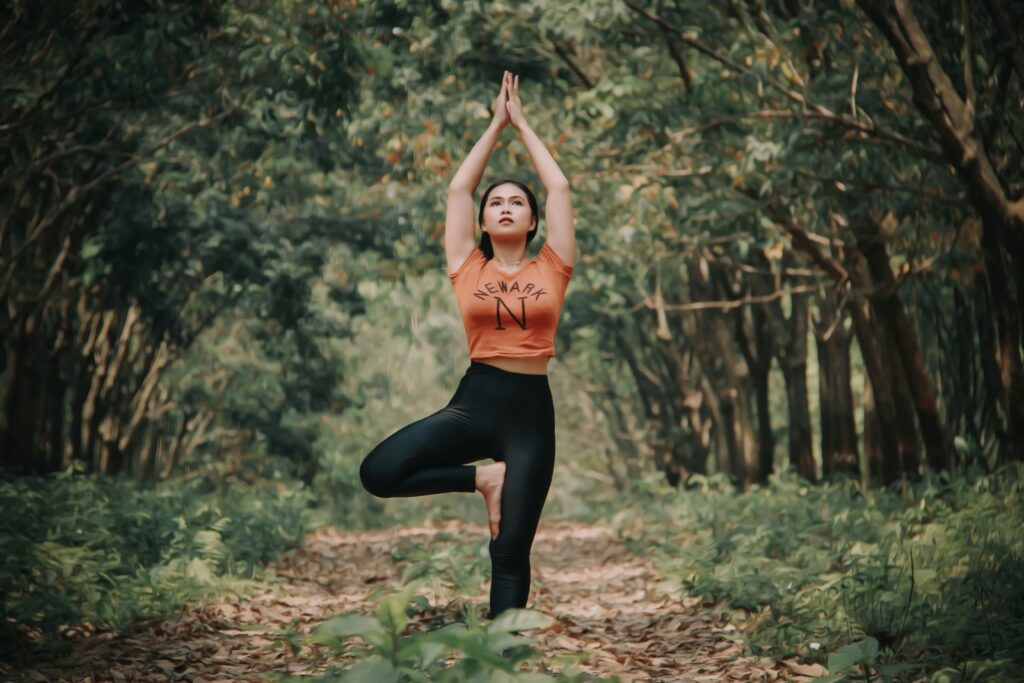
Today’s students face more than just academic pressure. With rising screen time, competitive environments, and social stress, many are struggling with focus, anxiety, and burnout—even at a young age. In response, a growing number of schools are turning to an age-old solution with modern benefits: yoga. Far from being a luxury activity, yoga in education is proving to be a powerful tool to enhance student attention, emotional resilience, and overall well-being.
Why Schools Need Yoga Now More Than Ever
- According to a 2024 survey by India’s NCERT, 68% of students reported moderate to high stress levels during the school year.
- Cases of ADHD, anxiety, and exam-related burnout are increasing among students aged 10–18.
- The pandemic widened the emotional and behavioral gaps in school-going children, making mental wellness a priority alongside academics.
Traditional education systems focus heavily on intellectual development but often neglect emotional intelligence and mental health. Yoga fills that gap.
Benefits of Yoga for Students
1. Improved Focus and Concentration
Breathing exercises and simple yoga poses calm the nervous system, allowing students to concentrate better in class and retain more information.
Poses like Vrikshasana (Tree Pose) and Tadasana (Mountain Pose) help enhance body awareness and mental clarity.
2. Stress and Anxiety Reduction
Daily mindfulness, breathwork, and stretching reduce cortisol levels, helping students handle exam pressure and peer stress more effectively.
Techniques like Anulom Vilom and Bhramari Pranayama can be taught in just 10 minutes daily.
3. Emotional Resilience and Self-Regulation
Yoga encourages children to pause, breathe, and respond, rather than react impulsively. This builds emotional strength and reduces aggression or withdrawal.
4. Physical Health and Posture
With increasing screen usage, poor posture is common. Yoga strengthens the spine, improves flexibility, and combats the sedentary lifestyle many students have adopted.
5. Improved Social Behavior
Yoga cultivates empathy, patience, and compassion—qualities that lead to better peer relationships and fewer conflicts in classrooms.
How Schools Are Integrating Yoga
- Morning Yoga Sessions: Short 15-minute routines to start the school day with focus and energy.
- Yoga Periods in Timetable: Many CBSE and state board schools now include yoga as part of physical education.
- Mindfulness Corners: Quiet spaces where students can meditate or stretch during breaks.
- Online Yoga Apps: Especially useful for hybrid or digital classrooms.
Success Stories from Indian Classrooms
In Delhi’s Kendriya Vidyalayas, yoga has been made mandatory across all grades, leading to noticeable improvements in discipline and exam performance.
In Bengaluru, a private school introduced weekly yoga and saw a 40% drop in student anxiety reports within one academic year.
Teachers and Parents Weigh In
“My students are calmer, more focused, and less reactive. Just 10 minutes of breathing before tests makes a huge difference,” says Nandita Roy, a class teacher in Kolkata.
“My son was easily distracted. After three months of yoga, his sleep improved, and he’s more confident,” shares Aarti Gupta, a parent from Pune.
Simple Yoga Practices for Students
These can be done at school or at home:
- Stretching (5 mins): Cat-Cow, Child’s Pose
- Asanas (10 mins): Tree Pose, Warrior Pose
- Breathing (5 mins): Alternate nostril breathing, humming breath
- Mindfulness (5 mins): Guided meditation or gratitude journaling
Conclusion: Cultivating Calm Minds for a Brighter Future
Incorporating yoga into education isn’t just about physical fitness—it’s about preparing students for life’s challenges with calmness, focus, and inner strength. As schools evolve to nurture not just academic achievers but emotionally intelligent citizens, yoga will continue to play a pivotal role in shaping balanced and resilient young minds.



